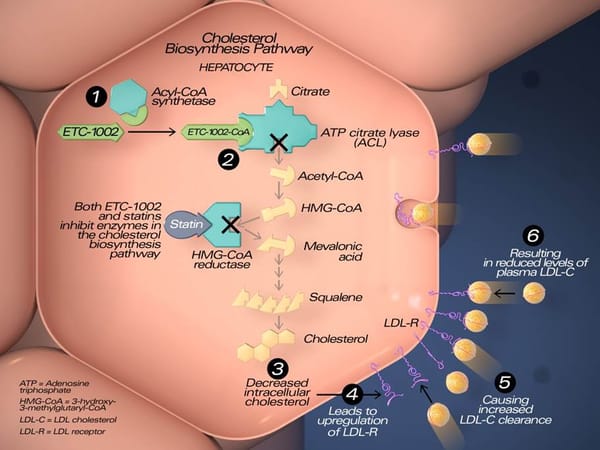Seeing the light: Acting against actinic keratosis

Easter weekend this year saw most of us out enjoying the sunshine, after digging through our cupboards to bring out our sunhats, sundresses, sunglasses and sun cream. While the first hot days of the year are always greatly appreciated, sun exposure can lead to several problems, both in the UK and particularly in hotter countries such as Australia – one of which is actinic keratosis.
Actinic keratoses are scaly, rough growths on the skin, which are mostly harmless – but they do have the potential to develop into skin cancer. They are caused by damage to the skin by UV radiation. Actinic keratoses can be surgically removed, or treated with creams, and a therapy that is becoming more commonplace is photodynamic therapy (PDT).
PDT is where a light-sensitive chemical, called a photosensitiser, is applied to the affected skin area. This is then activated by light to create reactive oxygen species within the damaged or abnormal skin cells, thereby killing them. Conventionally, PDT involves activation of the chemical using irradiation from a red lamp, but for people with large areas of affected skin, this can be quite uncomfortable. Another form of PDT involves activation by natural daylight. This treatment works just as well as conventional PDT, and may also save on resources associated with maintaining and calibrating artificial light sources.
As the warm weather approaches and we start to anticipate our nice tans and holidays to hotter climates, it’s worth bearing in mind the darker side of the sun - and the risks of UV exposure.







